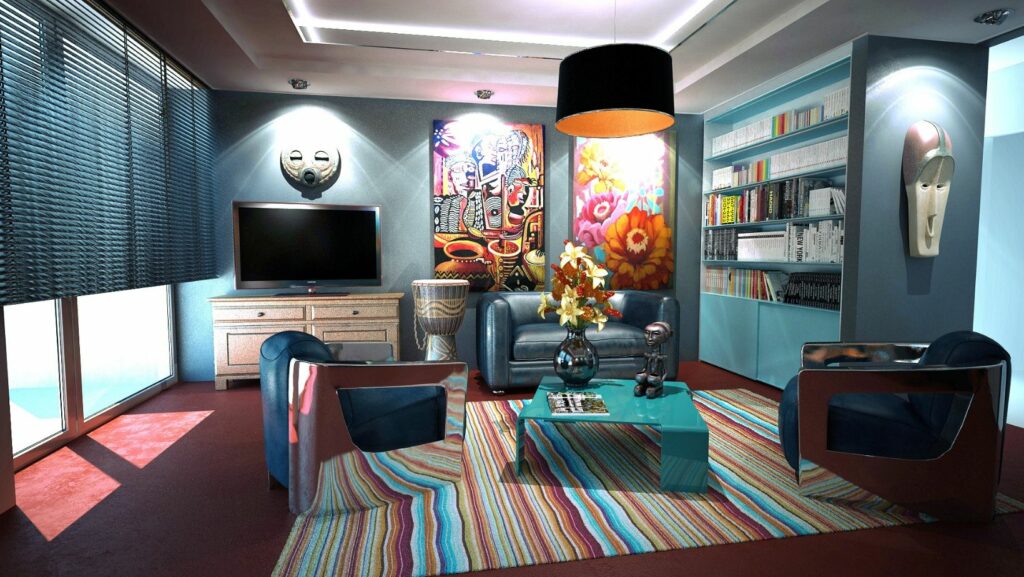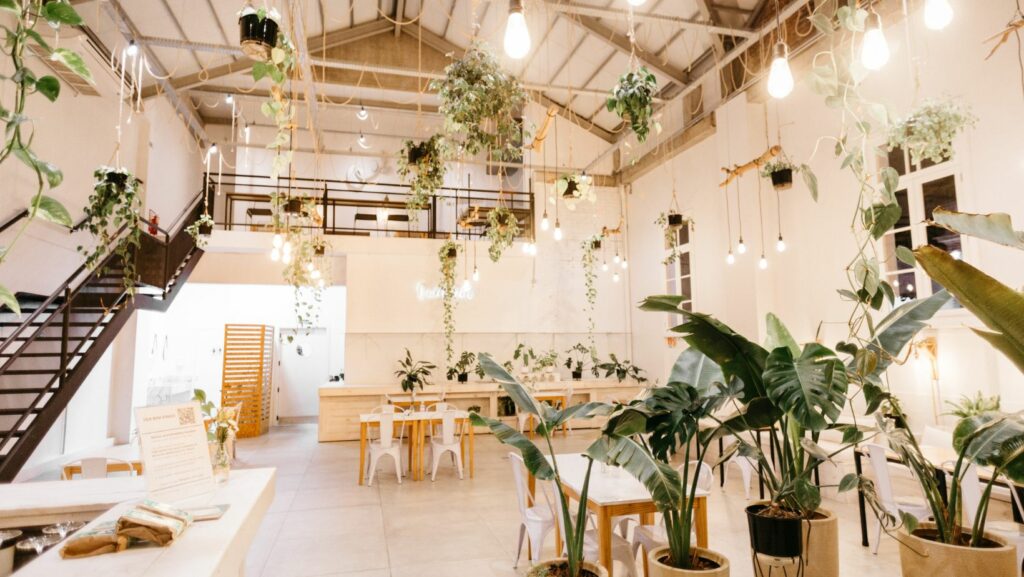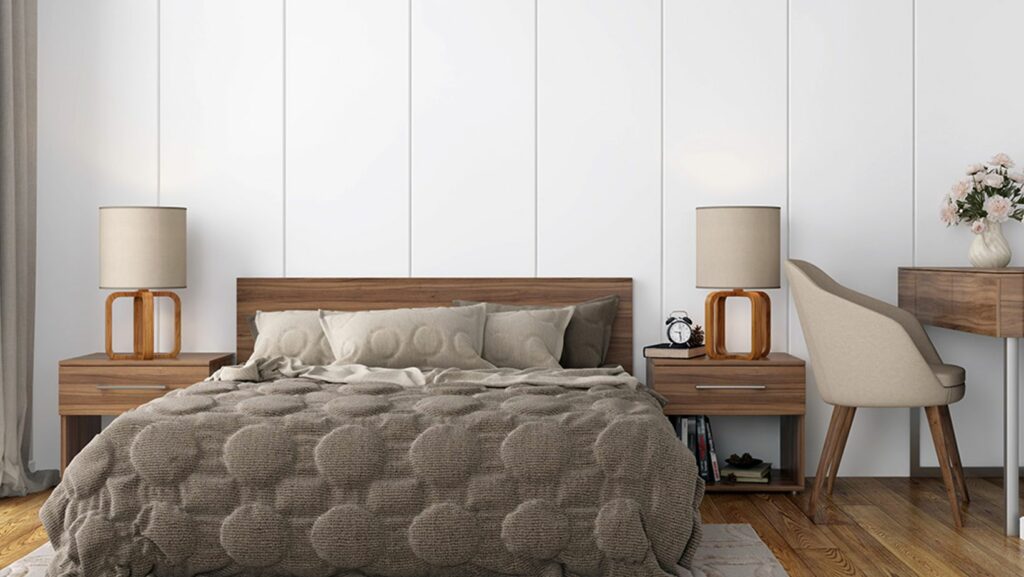In the realm of personal development, lifestyle design stands out as a strategic approach to crafting a life that aligns with one’s values, goals, and aspirations. It’s about intentionally creating a life that brings fulfillment and happiness, rather than just letting circumstances dictate one’s path. By focusing on designing their lifestyle, individuals can take proactive steps to shape their daily routines, habits, and environment to support their overall well-being.

Embracing lifestyle design involves a mindset shift towards conscious decision-making and prioritizing what truly matters. It’s about taking ownership of one’s choices and designing a life that reflects one’s unique vision of success and contentment. Whether it’s optimizing productivity, fostering better relationships, or pursuing personal growth, lifestyle design empowers individuals to live with purpose and intention.
Lifestyle Design
Lifestyle design is a strategic approach in personal development that focuses on creating a fulfilling and happy life in alignment with one’s values and goals. It highlights the significance of intentional decision-making, prioritizing essential aspects, and taking responsibility for choices to shape daily routines, habits, and surroundings for overall well-being. This approach empowers individuals to live purposefully by optimizing productivity, nurturing relationships, and pursuing personal growth.
Defining Lifestyle Design
In essence, lifestyle design refers to the conscious design and organization of one’s lifestyle to achieve a desired outcome. It involves reflecting on personal values, setting specific goals, and making deliberate choices to curate a life that brings joy, satisfaction, and a sense of fulfillment. By focusing on what truly matters and eliminating distractions, individuals can enhance their quality of life and cultivate a meaningful existence.

The concept of lifestyle design has evolved over time, influenced by various movements and ideologies promoting self-improvement and holistic well-being. From the simplicity movement of the 19th century advocating for a more deliberate and purposeful lifestyle to the contemporary focus on work-life balance and mindfulness, the evolution of lifestyle design reflects changing societal values and priorities. Today, with the integration of technology and globalization, individuals have greater access to resources and information enabling them to design and customize their lifestyles according to their preferences and aspirations.
Challenges in Lifestyle Design
Lifestyle design, though empowering, presents individuals with certain challenges that require strategic navigation for successful implementation. These challenges, if not managed effectively, can hinder progress and impact the desired outcomes. By recognizing and addressing these hurdles proactively, individuals can optimize their lifestyle design journey.
Common Pitfalls and How to Avoid Them
- Overcommitment: A common pitfall in lifestyle design is overcommitting to numerous tasks, projects, or social engagements, leading to burnout and decreased overall productivity. To avoid this, individuals should prioritize commitments based on importance and feasibility, learning to say no when necessary, and setting realistic boundaries to maintain a healthy balance.
- Lack of Consistency: Consistency plays a vital role in lifestyle design, as sporadic efforts may undermine long-term goals. To address this, individuals should establish sustainable routines, create achievable action plans, and track progress regularly to ensure continuous growth and development.
- Fear of Change: Embracing lifestyle design often entails stepping out of one’s comfort zone and making significant changes. The fear of change can act as a barrier to personal growth and transformation. Overcoming this fear involves acknowledging its presence, embracing discomfort as a catalyst for growth, and gradually implementing changes aligned with personal values and aspirations.

- Perceived Selfishness: One criticism of lifestyle design is the perception of selfishness, as individuals focus on optimizing their own lives without considering broader societal impacts. Addressing this criticism involves emphasizing the benefits of personal development in enhancing one’s contribution to others and the community, highlighting the ripple effect of positive change achieved through individual growth.
- Ignoring External Factors: Critics argue that lifestyle design overlooks external factors beyond individual control, such as systemic inequalities or socio-economic constraints. To address this concern, proponents of lifestyle design advocate for holistic approaches that consider personal empowerment alongside advocacy for systemic change, aiming for a balanced perspective that integrates personal development with social responsibility.